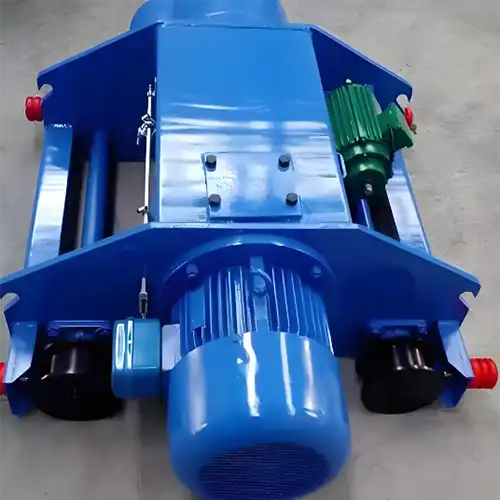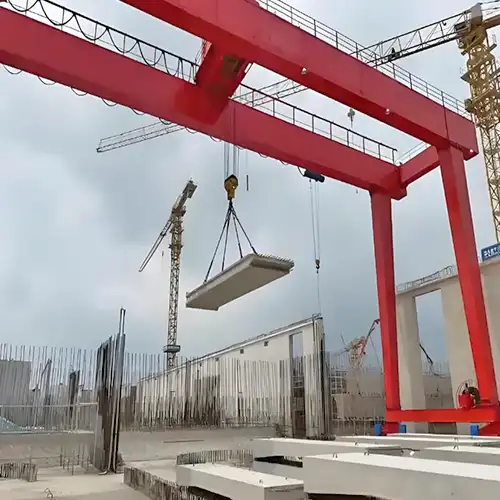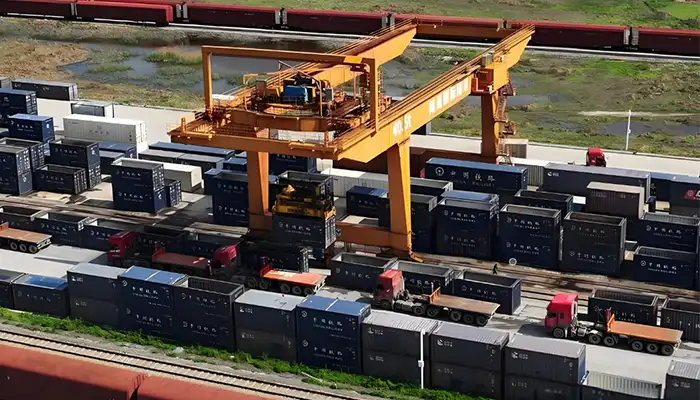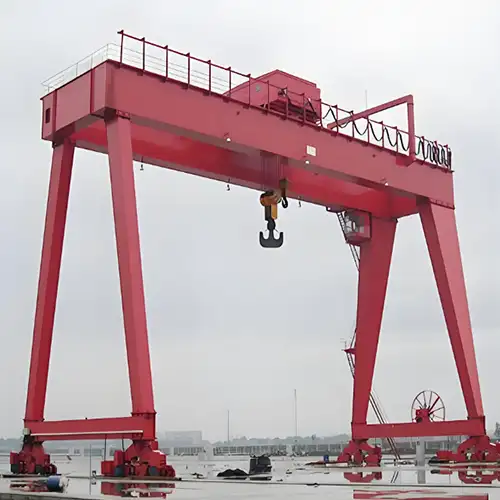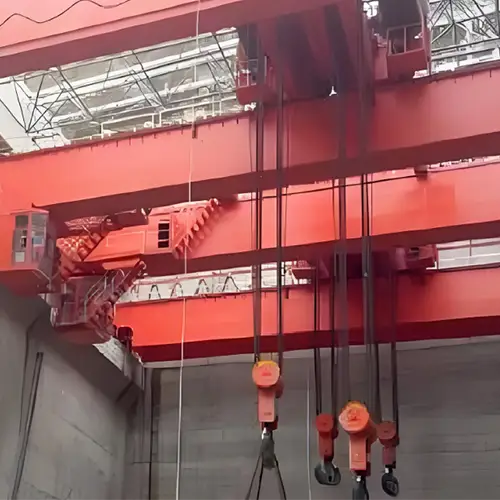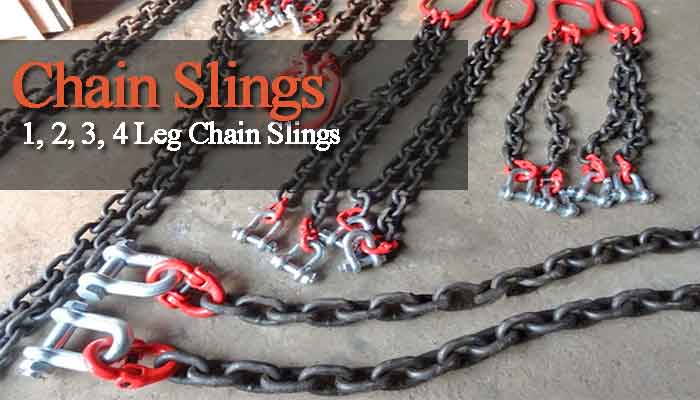
Chain Slings, Lifting Chains, Rigging Chain & Heavy Duty Chain Sling
Chain slings are the bulldogs of lifting slings when it comes to durability and dependability. Chain slings can be used on a regular or repeating basis to hoist very big and bulky items. Their flexible shape gives them strength and endurance, allowing them to survive impact, severe temperatures, and chemical and UV light exposure.
In high-temperature applications and for hoisting heavy-duty loads, chain slings are preferred. They can be utilized in foundries, steel mills, heavy machine shops, and other environments where repeated lifts or harsh conditions would damage or ruin a wire rope sling or synthetic nylon or polyester sling. If a chain sling is damaged, it is totally repairable and can be load tested and re-certified after the maintenance.
Chain slings can be heated to temperatures of 1000°F, however when subjected to temperatures exceeding 400°F on a regular basis, the Working Load Limit must be decreased in accordance with the manufacturer's instructions.

Single-leg, two-leg, three-leg, and four-leg chain slings are available. They can be used in vertical, choker, or basket hitches, and a variety of sling hooks, chain lengths, and master links can be utilized to produce various sling assemblies for various uses.
While there are many various types of chain, for overhead lifting, alloy steel grades 63, 80, and 100 are usually recommended. Chain slings made of materials other than alloy steel may be employed in some situations. A corrosive or high-temperature environment is present in these applications. Stainless steel or another exotic material chain is frequently used in these particular applications. If non-alloy chain is used for lifting, we recommend that the user document the reason for doing so, as well as observe all chain sling standards, such as sling identification and inspection.
Chain slings have a 4:1 Design Factor, which means the sling's breaking strength is four times more than the specified Working Load Limit. Despite the design aspect of chain slings, the user should never exceed the rated Working Load Limit.
Advantages of Using chain slings
- In the roughest operational circumstances, the high-strength, durable, and flexible design holds up.
- Chain slings are simple to examine, proof-test, and re-certify in the case they are repaired. They can be used at relatively high temperatures and in hazardous locations where other slings would be damaged or destroyed.
- When overloaded, they will elongate 15-20 percent to give a visual indicator that they have been overloaded and need to be destroyed and withdrawn from operation.
- They are resistant to corrosion, chemicals, and UV exposure. They are not impacted by dirt, oil, or grease.
- Because of its high strength and longevity, lifting chain is the most widely used crane sling.
- Lifting chains are classified by their "grade," which classifies them in order of tensile strength.
Disadvantages of Using chain slings
- Very heavy – the higher the W.L.L., the more substantial the chain.
- It is possible that it will be more expensive than wire rope or synthetic slings.
- Damages or crushes sensitive or completed parts quickly.
Reach of chain slings
How is the reach of chain slings calculated?A chain sling's reach is measured length from the load-bearing point on the sling's master link to the load-bearing point on the opposite end when the sling is pulled taut.

End fittings
Sling chain's versatility and suitability for a wide range of lifting jobs is due to the ability to customize lifting chain slings with various end fittings.
- Sling hooks: Slip sling hook, Grab sling hook are common end fittings.
- Self-locking sling hooks, Foundry hooks
70 chain, 80 chain, 100 chain, and 120 chain slings
When poor welds, dubious welds, bending chain links or elongation chain links, fractured or deformed master and coupling links are discovered, the lifting chains are prohibited from operation. When the lifting chains' identifying tags are missing, it is likewise prohibited to utilize them. The lifting chains are not ready to use if there is any distortion, breaking, or wear. It is prohibited to use if any other dangerous situation is discovered.
Because of its tremendous strength and endurance, the chain sling is the most often used crane sling.Chain slings are classified by their "grade," which classifies them in order of tensile strength.
Grade 10 chain slings
- Because grade 9 has a 25% higher load capacity than grade 8, thinner chain diameters can be used.
- Cost savings (up to 30%) and weight reduction (up to 50 percent )
- Longer service life due to increased strength
- Any combination of the components in our catalog can be put together.
- Round sling harnesses are also available.
Grade 12 chain slings
- Maximum durability for low deadweight
- Intelligent chain profile and use of high-performance chain steel
- Optimum strength and durability at high and low temperatures
- Longer service life
- Fewer failures due to wear
- Lower weight per tonne of load capacity
- Simple visual identification
Grade 8 chain slings
- Inspection and repair of your existing grade 8 chain slings with confidence.
- Advice on how to set up more chain slings
- Existing chain slings are being refurbished.
- Provision of compatible replacement components
The chain slings are banned to use when the chain slings are found with defective welds, questionable welds, bending chain links or elongation chain links, cracked or deformed master and coupling links, etc. When the identification tags of the chain slings are miss, it is also forbidden to put into use. Any deformation, cracking or wearing is found, the chain slings are not ready to use. And any other unsafe condition is observed, it is banned to use. No matter what types of chain sling you need, either Standard chain sling,Adjustable chain sling,Endless chain sling.,Basket chain sling.,, customized chain slings are available. Feel free to contact us or leave a message below to get your chain sling design now.

Rigging - Chain Sling

Chains - Chain Sling

Rings - Chain Sling

Lash series - Chain Sling

Hard ware and tools - Chain Sling

Chain Sling





